All set to explode your web presence and interaction but caught between PPC and SEO? You are not isolated. Two pillar of any strong online marketing plan in modern digital era are Search Engine Optimization (SEO) and Pay-Per- Click (PPC) advertising. Every strategy has special advantages and disadvantages. Our paper “SEO vs. PPC: Differences, Pros, and Cons” seeks to untangle this complex network of acronyms and marketing language. We will dig into:
- Finding important variations between PPC and SEO
- Clarifying the benefits and drawbacks of every approach.
- Guiding you in selecting the right course of action for your company
We will also go over how tools like Plerdy could improve your UX and SEO research. Thus, get ready for an interesting trip across the ever-changing terrain of SEO and PPC, which can be absolutely essential for the online survival of your company. Let’s begin.
Understanding SEO (Search Engine Optimization)
Starting with Search Engine Optimization, or SEO, let us ground ourselves. For some, a mystery; for others, a gold mine; SEO is a compass pointing consumers to a website across the huge sea of digital marketing.
The Scope and Value of SEO
Starting with search engine optimization, this is the procedure that drives a website toward notable presence on SERRs. Companies using effective SEO techniques are like lighthouses guiding possible clients looking for their website.
One must first understand the value of SEO. SEO keeps on; it needs updates depending on algorithmic changes, user behavior changes, and the competitive environment. It accelerates natural traffic even with its dynamic character, hence enhancing interaction and conversion rates.
SEO Unpacked
SEO is like an onion with several layers, each corresponding to its several ingredients:
- Keyword Research: Look for the terms and phrases prospective consumers would probably use looking for your goods or services. A Portland craft brewery might search for phrases like “best IPA in Portland” or “craft beer in Portland”.
- Optimizing certain pages for better SERP ranking calls for meta descriptions, title tags, and keyword incorporation in the content.
- Activities outside of your website affect your ranking in off-page SEO. This can call for social media marketing, influencer marketing, or backlinks from reputable websites.
- Technical SEO, which addresses the backend of a website, streamlines elements including page speed, mobile friendliness, crawl ability, indexing, site architecture, security, and structured data, thereby increasing the readability and user experience of a site.
An Illustrative Example of SEO in Action
Imagine running a well-liked San Francisco yoga studio. An efficient SEO plan might call for investigating keywords like “yoga classes in San Francisco,” “best yoga studio in San Francisco,” and like terms.
These keywords would be included into your website’s title tags, meta descriptions, on-page search engine optimization. Off-page search could call for acquiring links from local directories or well-known health blogs.
Technical SEO would mean keeping a safe (HTTPS) website, fast load speeds, and optimising the website for mobile visitors.
Weighing SEO: Advantages and Drawbacks
Every tactic has advantages and disadvantages, hence SEO is not an exception:
- Positive aspects
- Generates excellent, natural traffic.
- Over time, SEO results help to raise the general caliber of the website.
- It provides understanding of customer interests and behavior.
- Negative effects
- Results from SEO take time to show.
- Search engine algorithms change constantly and necessitate regular strategic changes.
- Calls for regular expenditure in content generation and website redesign.
To sum up, SEO is a cornerstone of digital marketing absolutely basic. Customizing websites to appeal to search engines can help companies increase conversions, better know their customers, and deliver premium traffic. Notwithstanding its difficulties, a well-considered and performed SEO strategy has more advantages than drawbacks, so it is a crucial component in every kind of successful company.
Understanding PPC (Pay-Per-Click)
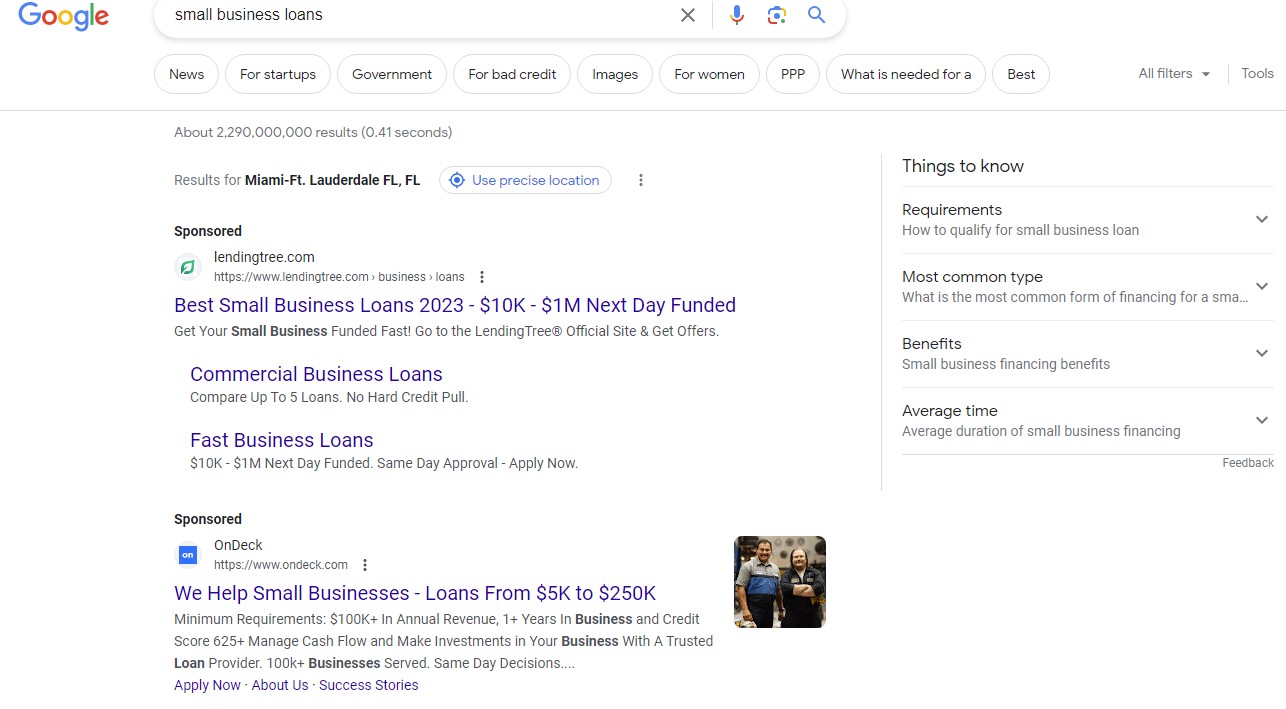
Dealing with the complexities of PPC, or Pay-Per- Click, will cause your mind to whirl. Still, mastering this powerful digital marketing tool will open the path for unheard-of corporate expansion. PPC is essentially an advertising approach whereby your adverts are paid for each time they are clicked.
The Role and Value of PPC
What then is PPC’s part? See PPC as your company’s online billboard on the busy internet highway. It’s a way to purchase site visits instead of naturally drawing them using search engine optimization. A good PPC campaign can point a torrent of qualified candidates straight at your digital doorway.
Regarding PPC’s worth, it’s like having a fast-track ticket for more exposure. Companies looking for quick results may especially benefit from PPC. Paying for every click means that it is imperative to make sure these clicks turn into leads or sales. Thus, well-crafted PPC advertisements give conversion as much as visibility first priority.
Core Elements of PPC
Pulling back the PPC layers reveals a few important components:
- Keyword research helps you to determine the most successful keywords possible users of your goods or services would use. Imagine yourself running a vegan Chicago eatery. In such instance, you could wish to focus on terms like “vegan dining in Chicago” or “plant-based restaurants in Chicago.”
- Ad development: Good PPC advertising are instructive and interesting. They should attract the customer’s interest, include important details on your good or service, and inspire the user to click on to your website.
- After clicking your ad, the page consumers land on must be relevant and useful, providing a smooth experience consistent with the message of the ad and therefore promote conversion.
- Frequent campaign metric analysis helps to maximize return on investment by allowing changes and enhancements.
Implementing PPC Strategy: An Illustrative Example
Assume for the moment you own an internet store offering handcrafted soap. Aiming for keywords like “handmade soaps online” or “natural artisanal soaps,” a strong PPC plan could call for Your advertising, showing when these keywords are searched, have to be strong enough to persuade consumers to click and visit your website.
Their landing page should be simple to use and highlight your soap line with transparent price and buying information. Regular campaign performance analysis would then ensure that your ads remain competitive and effective by guiding ongoing changes and upgrades.
PPC: Balancing the Benefits and Drawbacks
PPC has advantages and disadvantages just as every strategic choice does:
- Prospective advantages
- Produces immediate answers.
- Attracts very focused traffic.
- Simple enough to measure and adjust.
- Mastery of scheduling and financial resources.
- Restraints
- Spending money can go up rapidly.
- Calls constant management and adjustment.
- Wars of bidding can be expensive.
- Especially prone to “ad blindness” among consumers.
PPC is, all things considered, a potent tool for online marketing. Creating appealing, focused ads helps companies attract high-quality visitors quickly, better know their customers, and increase conversion rates. Notwithstanding the difficulties, a well-run PPC strategy offers possible benefits that make it a good investment for companies ready to quickly increase their digital presence.
SEO vs. PPC: Key Differences
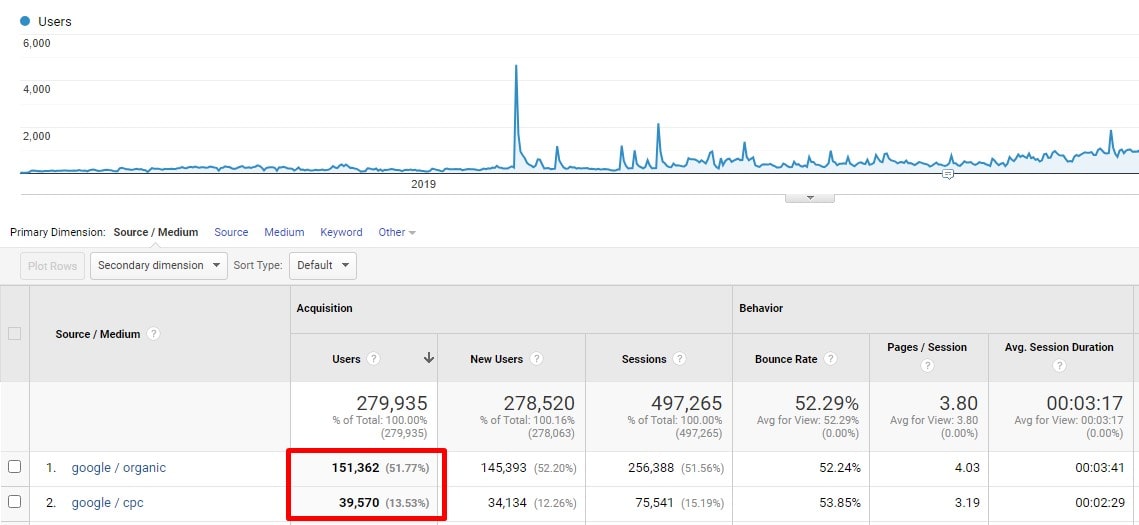
Looking through the layers of digital marketing, two terms keep front stage: PPC and SEO. Although both want to increase the web profile of your company, they apply somewhat distinct strategies. Consider PPC and SEO as two separate instruments in your digital marketing toolkit, each with particular use.
SEO: Organic Growth and Long-Term Stability
Fundamentally, SEO aims to increase a website’s natural, unpaid search engine result prominence. A good SEO plan is like to tending to a tree. Growing calls time and attention, but once it reaches maturity it offers a consistent stream of advantages.
Operating on search engine algorithms, SEO polishes features including keywords, on-page content, and link building to increase the authority and relevancy of your website. Imagine running a Florida eco-tourism business; good SEO would make your website the first choice for searches like “eco-friendly tours in Florida” or “sustainable tourism in Florida.”
Important SEO advantages and drawbacks
- Advantages
- Generates natural traffic, which often is more involved and likely to convert.
- Enhances general site usability and quality.
- Produces long-lasting effects that do not vanish upon stopping payments.
- Conventions
- Results can not show right away.
- Changing algorithms mean ongoing upgrades and optimization.
- Many times, SEO techniques follow a steep learning curve.
PPC: Targeted Visibility and Quick Results
PPC ads—including Google Ads—show up first on search results and offer instant exposure. But this visibility comes at a cost—that of actually physical expenses. Every click on your advertisement costs something.
PPC is like a flashlight, quickly lighting your website among the expanse of the internet. For a tech business introducing a novel wearable device, for instance, a PPC campaign may target keywords like “smart wellness devices” or “cutting-edge wearable tech.”
Important PPC advantages and drawbacks:
- Benefits
- Provide instantaneous results.
- Reaches a desired audience and generates maybe good leads.
- Offers comprehensive information needed for continuous campaign improvement.
- Conventions
- Costs can go up fast.
- Requires constant commitment; your advertising vanish when you stop paying.
- High demand for prominent keywords might drive expenses higher.
SEO vs. PPC: Unearthing the Differences
Let us now side by side address SEO and PPC:
- Cost: Investing long-term in SEO produces natural results. Conversely, PPC offers quick visibility but pays cost-per- click.
- Time: PPC provides a quick road to the top of the SERRs while SEO calls for time and constant work to progressively raise ranking.
- SEO increases your visibility as your natural ranking rises. For PPC, you get instant awareness; but, only as long as you are still paying for advertisements.
- Organic results from SEO might inspire users more confidence and credibility than sponsored adverts.
Diverse Strategies for Diverse Goals
Which approach—PPC or SEO—you lean toward? The response needs to be dried and trimmed and polished. The decision rests in the particular needs and objectives of your company.
If you’re introducing a ground-breaking product and you have to get noticed right away, PPC can be your golden ticket. Conversely, if you are creating an authoritative blog depending on drawing a consistent flow of readers from natural search results, SEO can be your road to success.
Most companies that are most successful combine PPC and SEO. Using PPC’s targeted, instantaneous results, a well-rounded digital marketing plan makes advantage of the long-term, natural growth presented by SEO. Both tools have special advantages; when combined, they may provide a complete web presence covering all angles.
Pros and Cons of SEO
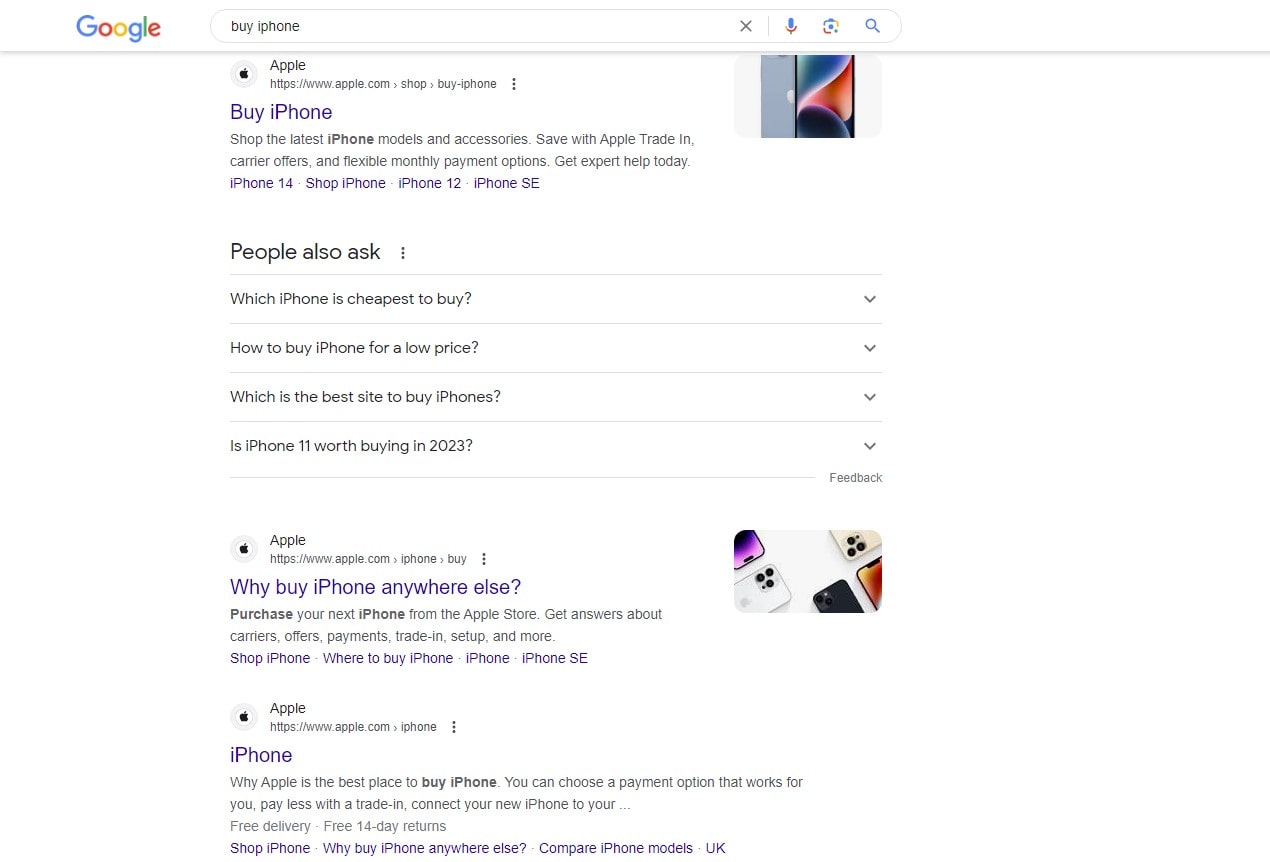
Using Search Engine Optimization (SEO) can sometimes feel like a trip through a complex ballet, one that balances the technical, creative, and strategic. Knowing the several aspects of SEO, including its advantages and drawbacks, becomes critical as companies fight for internet presence.
SEO: Fostering Organic Growth
For companies in the digital age, SEO lays the groundwork for natural expansion. Optimizing website content, keywords, meta tags, and backlinks will help your site shine for search engines. Imagine a California organic grocery store where good SEO techniques would rank the website highly for searches like “organic groceries in California” or “natural food stores in California.”
Pros of SEO
- SEO helps to acquire natural traffic, which is often considered as more lucrative because of its long-term involvement potential. Traffic naturally spends more time on your site and presents more conversion potential.
- Cost-wise, SEO mostly requires time, effort, and knowledge rather than large financial outlay. Once set, it offers consistent view free of per-click expenses.
- Trust Building and Credibility: Users of high-ranking organic search results value them more than sponsored advertising. They are seen as trustworthy sources, so strengthening the reputation of your brand.
- Long-Term Impact: SEO is a marathon not a sprint. A well-executed SEO plan produces results that go much beyond the run of one campaign. Unlike PPC advertising that vanish when you stop supporting them, high rankings attained naturally are sustainable.
Cons of SEO
- Time-Intensive: SEO is not for the hurriedly impatient. Results take time to show; depending on the industry’s competition, maybe six months or more.
- Regular Updates Need: Search engines are always changing their algorithms, which means your SEO plan has to be routinely optimized. Ignoring adaptation can lower your ranking.
- Though careful strategy and execution abound, SEO does not guarantee a top rank. Results on this very competitive battlefield can be erratic.
SEO in Action: Real-World Instances
In health and wellness, a well-optimized website might ascend the ranks for terms like “best workout routines” or “fitness advice.” Including these keywords naturally into useful material will make your site irresistible for natural visitors. Concurrently, a robust backlink portfolio increases the authority of your website, thereby improving its SEO.
Another example may be a neighborhood bakery perfecting their website for local keywords like “freshly baked bread in Austin” or “Austin’s best pastries.” By means of local SEO, the company attracts attention among its target market directly, so building a community of devoted local consumers.
SEO: A Blend of Pros and Cons
SEO has certain difficulties, no question about it. It calls time, work, and constant adaptation. Still, the benefits for long-term visibility, credibility, and natural traffic usually exceed the drawbacks.
Although initially the time and work required in SEO may appear overwhelming, the possibility for long-term organic development and brand trust makes it a great instrument in your toolkit for digital marketing.
Understanding the advantages and disadvantages of SEO helps companies to better plan, so juggling their time and resources between SEO and other digital marketing tools like PPC. The ultimate aim is to develop a combined digital marketing plan that makes use of every tool’s advantages and minimizes their drawbacks.
Pros and Cons of PPC
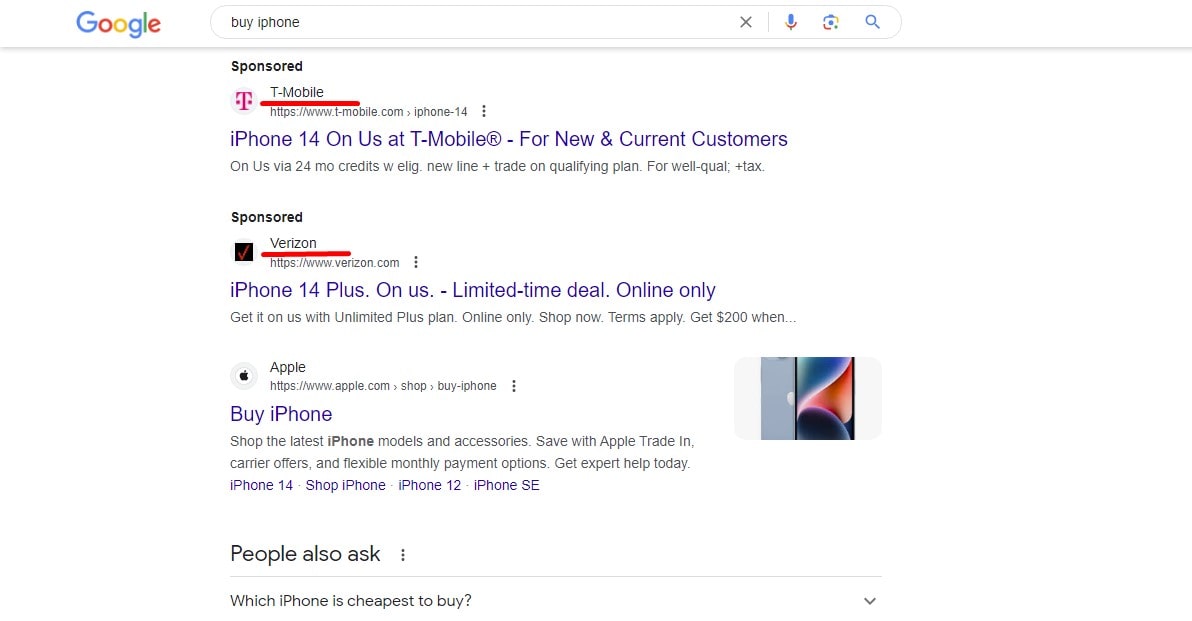
Pay-Per- Click (PPC) strategies are increasingly used by many companies to leverage the potential of internet marketing. PPC campaigns have advantages and drawbacks even if they are known for producing immediate results.
Demystifying PPC: Accelerated Visibility and Engagement
Consider PPC as a fast-track lane to rank highest among search engines. Businesses can guarantee quick visibility by bidding on particular keywords, therefore securing well-known advertising space. Consider a Miami hotel launching a PPC campaign for the keyword “luxury Miami hotel.” Users looking for luxury hotels in Miami would be immediately visible to this ad.
Pros of PPC
- PPC has instant visibility unlike SEO, which is its advantage. Your advertising show in search results after your campaign is running, drawing possible clients.
- PPC lets you precisely target. You can access particular areas, demographics, even gadgets. Targeting consumers in colder areas, an e-commerce store offering winter clothing will help to make the campaign more successful.
- Using PPC, you create your budget. This implies that you have control over the advertising spending by choosing the click price.
- PPC campaigns give real-time data and analytics, which lets you track the success of your ads and make needed changes.
Cons of PPC
- Expensive: Particularly for more competitive keywords, PPC can get costly. Every click comes with a cost; so, careful budgeting is required to meet rising costs.
- Unlike SEO, PPC visibility just lasts as long as you pay for. Your adverts stop showing whenever the campaign finishes or the budget runs empty.
- Running effective PPC advertising calls both knowledge and constant monitoring in complex management. You run the danger of a lost budget and poor performance without it.
PPC in Practice: Tangible Scenarios
For the keyword “best summer reads,” an online bookshop might conduct a PPC campaign throughout the summer. This lets the company profit from the seasonal surge in demand for summer books and get instant exposure among possible consumers.
In another situation, PPC could be used by a software development company providing niche-targeting specialized services. By bidding on terms like “custom software development,” the business may make sure possible customers searching especially for custom software solutions view its adverts.
Balancing the Pros and Cons of PPC
Although PPC costs money and needs professional handling, for many companies it is an appealing advertising tool because of its capacity to produce quick, focused, quantifiable results. Understanding their advantages and drawbacks will enable companies create successful PPC plans and decide when and how best to implement them.
In the big scheme of digital marketing, PPC is absolutely vital. It’s like the fast train carrying your brand straight to possible consumers. Although it has a cost and its benefits are transient, the immediacy and targeting it gives usually make it a good investment. Combining PPC with SEO, the consistent, dependable source of natural traffic, will enable companies maximize their online presence and interaction. With its unique advantages and drawbacks, every instrument enhances the others to produce a coherent, all-encompassing digital marketing plan.
Balancing SEO and PPC for Your Business
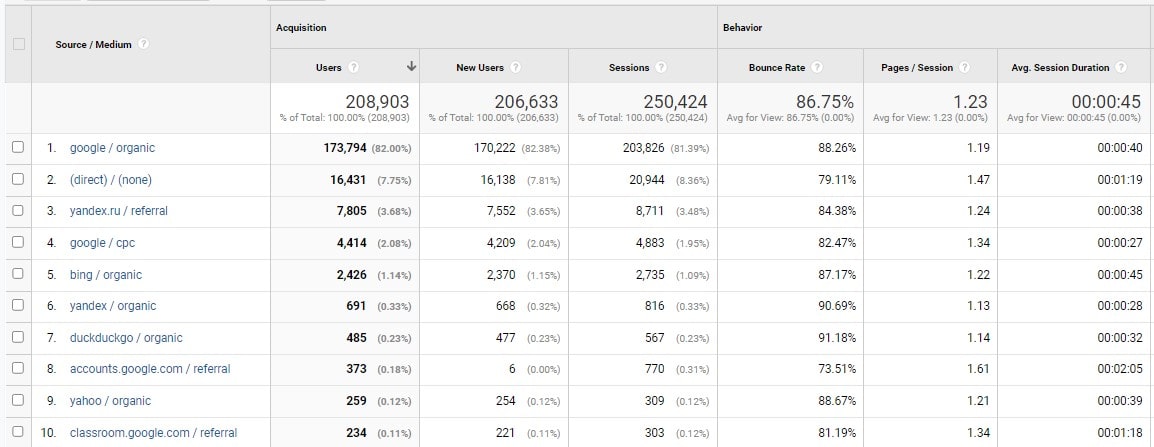
Two techniques stand out in the complex landscape of digital marketing for their capacity to increase online visibility and interaction: Pay-Per- Click (PPC) and Search Engine Optimization (SEO). Though they have different approaches, both seek to drive your business to the front of internet consumers’ attention. The key to a good digital marketing plan is striking a mix between these approaches.
Complementary Forces: Harnessing SEO and PPC
Every one of these approaches adds special value to your toolkit for digital marketing. SEO is the long-term, steady, consistent marathon runner made for this purpose. It produces over time consistent organic traffic increase. PPC, on the other hand, is the sprinter—fast-paced, instantaneous, ideal for short wins. The difficulty is using these factors in a complimentary way to maximize your web presence.
Balancing Act: Key Considerations
How would one find the ideal balance? Though there is no one-size-fits-all solution, your decision-making process depends much on these elements:
- Business Objectives: The nature of your objectives will direct your plan. Introducing a product? PPC can create buzz right now. Establishing brand recognition SEO gives credibility and confidence.
- Budget: Major influence is given by financial resources. For companies on a strict budget, SEO is a reasonably affordable option. PPC calls for more expenditure at the same time in order to show fast results.
- Level of competition in your sector and for your keywords will determine the equilibrium. To cut through the noise, a high degree of competition sometimes calls for an aggressive PPC strategy.
- Time: PPC is the first choice if immediate results are needed as SEO takes time to produce them.
Seizing the Best of Both Worlds
Consider a neighborhood organic grocery store starting a digital marketing adventure. Beginning with an SEO plan, they maximize their website for pertinent keywords as “organic produce,” “local grocery store,” etc. They guarantee a user-friendly website experience, build a strong backlink profile, and routinely provide new material to their blog.
Concurrent with peak shopping, they start a PPC campaign focusing on particular, high-intention phrases, such as “buy organic vegetables online.” By using this twin approach, they can guarantee fast visibility and generate direct traffic while simultaneously improving their natural search ranking.
Navigating the SEO-PPC Landscape
Negotiating SEO and PPC is more about knowing how they could cooperate to meet your company goals than about setting one against the other. It’s like tuning a guitar’s strings; when tuned correctly, they produce a harmony that is melodic to the ear. In a same vein, a good SEO-PPC plan improves your online profile, connects with your target market, and drives company expansion. Recall that the balance between SEO and PPC is dynamic rather than fixed; it should change to fit your changing corporate requirements and market trends.
At last
SEO and PPC are essential collaborators in the dance of digital marketing; both lead and follow at different times. Their special qualities help a good online presence to be harmonic. Understanding the variations in these techniques, advantages and drawbacks will help you to create a digital marketing plan catered to your company requirements.
SEO is time spent guaranteeing long-term search engine prominence. This road is one of fine-tuning technical features of your website, producing excellent material, and building a network of valuable backlinks. Conversely, PPC lets you pay your way into the sought-after ad positions by acting as a speedboat with instant view.
Still, every strategy has drawbacks. While PPC demands ongoing money investment to keep visibility, SEO calls for a major time commitment before returns show. Finding a winning mix for your company depends on juggling several factors.
Consider these advantages and drawbacks:
- SEO: technical enhancements, long-term visibility, excellent material, time-consuming
- PPC: constant investment, cost per click, instantaneous visibility, easily changed settings
Clearly, a clever mix of PPC and SEO techniques will maximize the online presence of your company. Using Plerdy tools will enable you to easily negotiate this integration; they provide essential UX and SEO knowledge to direct your approach.
Finally, the delicate tango between SEO and PPC calls for a strong awareness of your own company goals, industry trends, and financial limitations. Thus, take control and guide your digital marketing initiatives toward success—that is, by means of SEO, PPC, or a combination of both.
